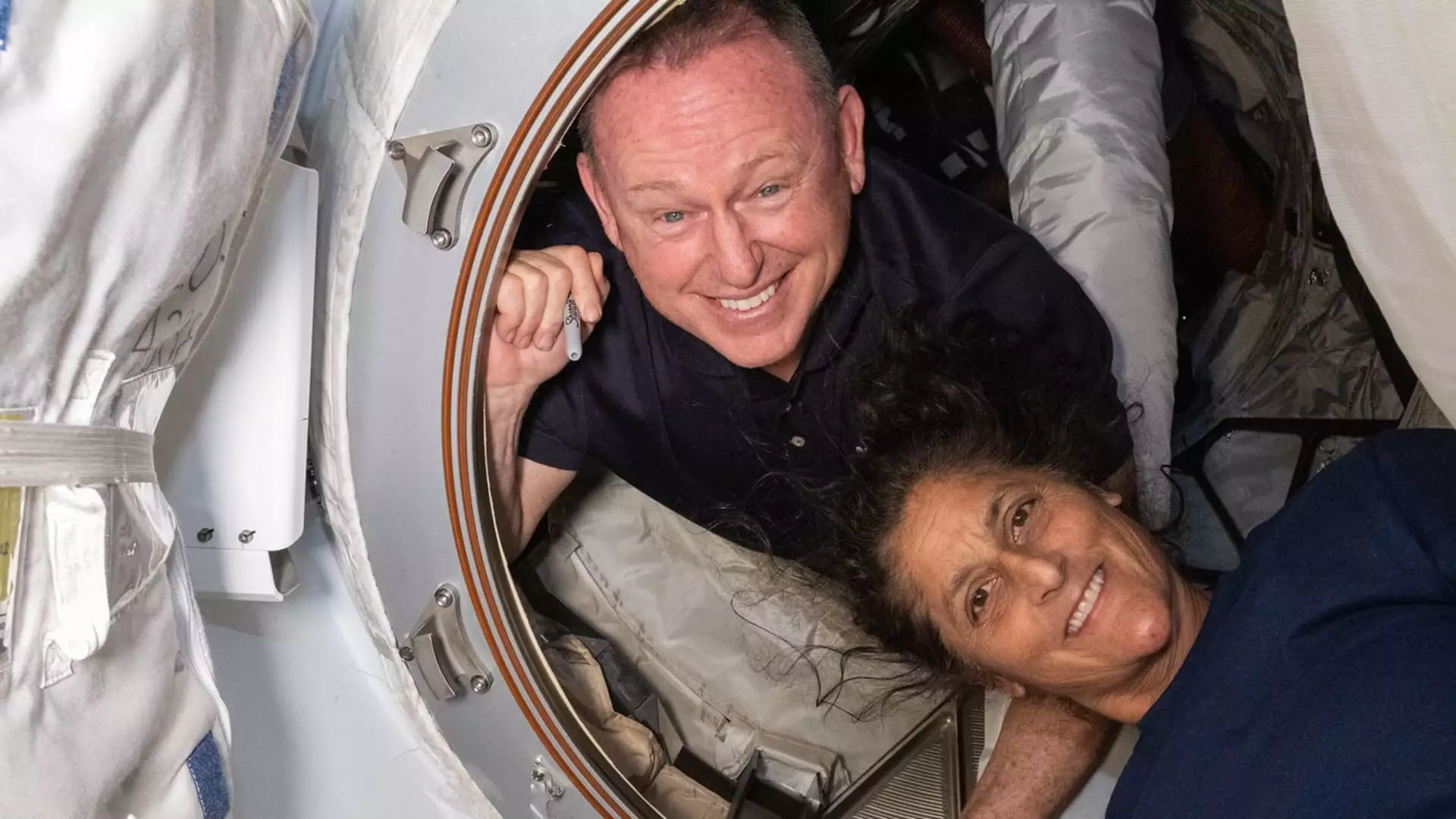Boeing’s Starliner capsule, which was intended to return NASA astronauts from the International Space Station, will now be returning empty. This decision came as a surprising announcement from NASA, as it revealed that the astronauts Butch Wilmore and Suni Williams will be returning via SpaceX’s Dragon spacecraft instead. The decision has brought about a significant change of plans for both NASA and Boeing, as the organizations had previously expressed confidence in Starliner as the primary choice for returning the crew.
One of the major setbacks faced by the Starliner capsule was with its propulsion system. This crucial component encountered problems during the crew flight test, which was intended to be the final major milestone in the spacecraft’s development. The issues with the propulsion system led to delays in the return of the astronauts and raised concerns about the safety of using Starliner for crew missions.
Despite the challenges faced by Boeing and NASA, there has been a collaborative effort to address the issues with the Starliner capsule. NASA Administrator Bill Nelson emphasized the importance of understanding the root causes of the problems and making necessary design improvements to ensure the safety of future crew missions. The decision to return the capsule empty was made in the interest of safety, highlighting the commitment to prioritizing the well-being of the astronauts.
There was a notable “technical disagreement” between NASA and Boeing regarding the safety of using Starliner for crew missions. While Boeing officials maintained that the capsule was safe for astronauts in case of emergencies, NASA evaluated the risks differently. This difference in risk assessment ultimately led to the decision to have the astronauts return via SpaceX’s Dragon spacecraft instead. Despite the disagreements, NASA expressed confidence in Boeing’s capabilities and their commitment to resolving the issues with Starliner.
The setbacks faced by Boeing’s Starliner capsule have implications for both the company and NASA. With over $1.5 billion in losses already incurred, Boeing’s future involvement in NASA’s Commercial Crew program is at risk. The delays and technical challenges have set back Boeing’s progress in providing crew access to the ISS, impacting the agency’s plans of having multiple companies involved in crew missions. The extended mission of the Starliner capsule and the ongoing issues with its thrusters have further complicated the situation for both Boeing and NASA.
As NASA conducts another phase of its Flight Readiness Review to determine the return of the Starliner capsule, there are uncertainties surrounding the future of crew missions involving the spacecraft. Boeing’s efforts to address the technical challenges and improve the safety of Starliner will be crucial in determining its role in NASA’s space exploration initiatives. The decision to have the astronauts return via SpaceX’s Dragon spacecraft highlights the need for collaboration and flexibility in addressing unforeseen challenges in space missions. Despite the setbacks, there is optimism that the issues with Starliner can be resolved, paving the way for successful crew missions in the future.

